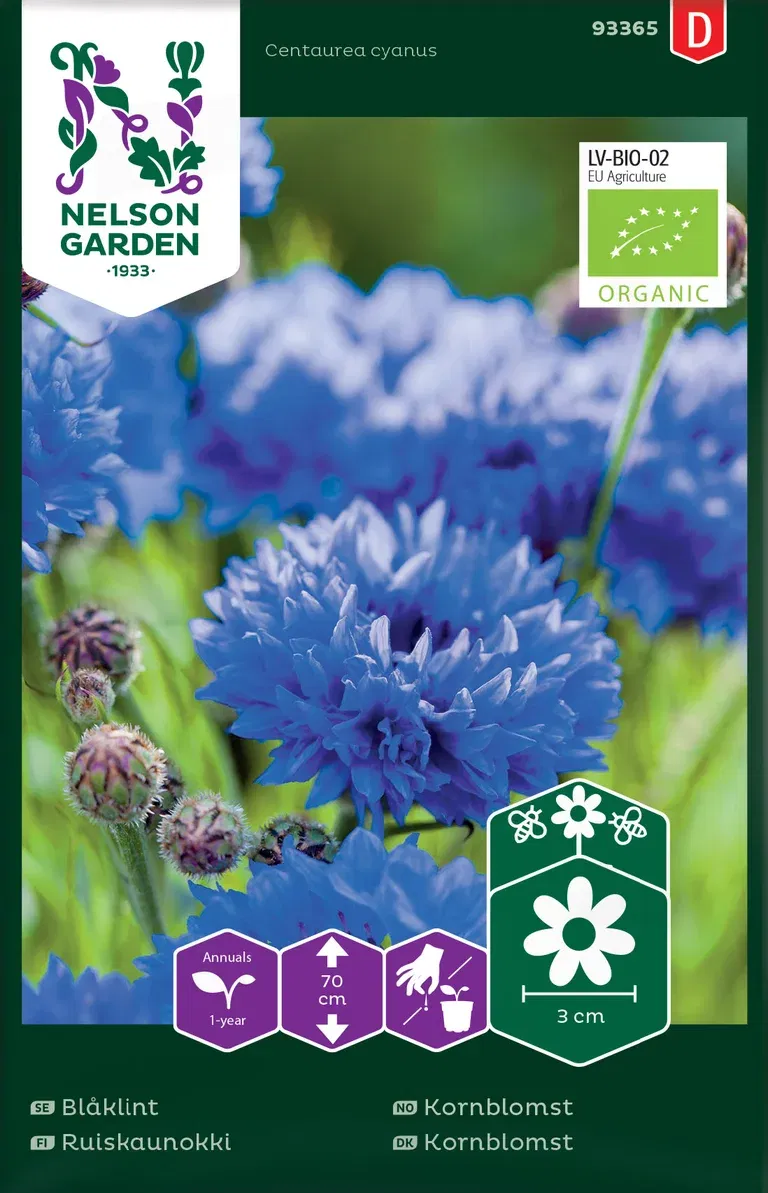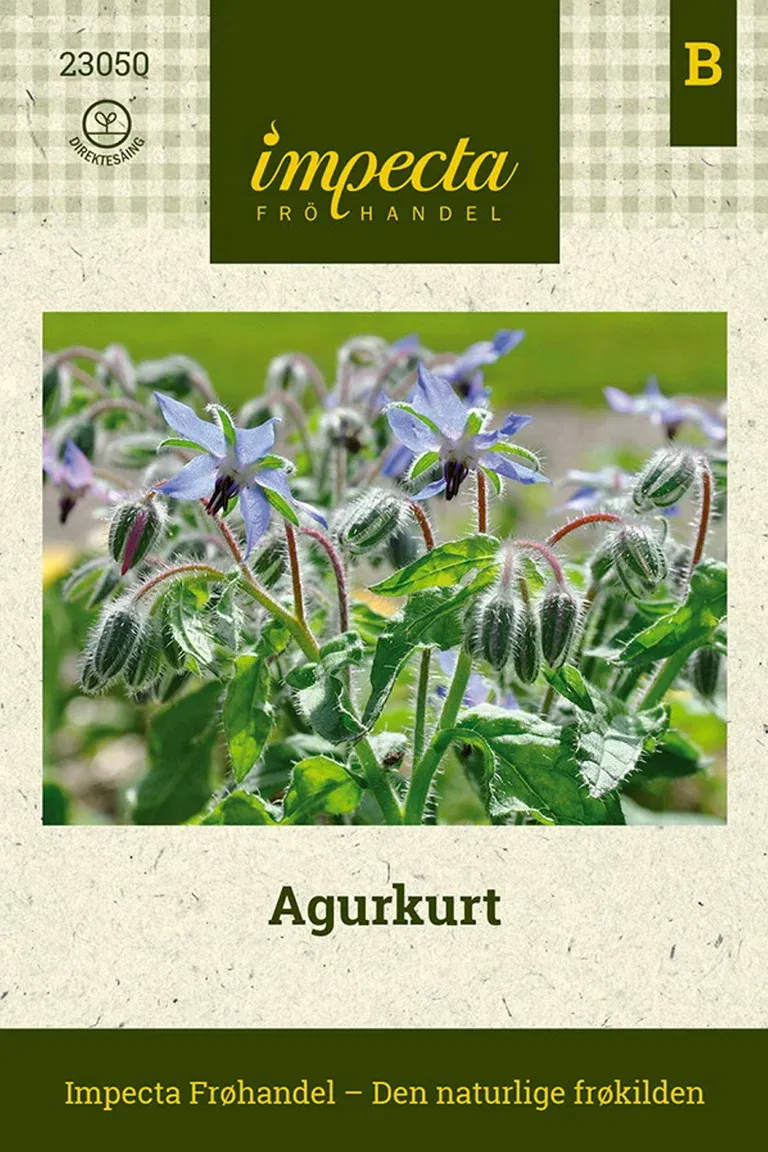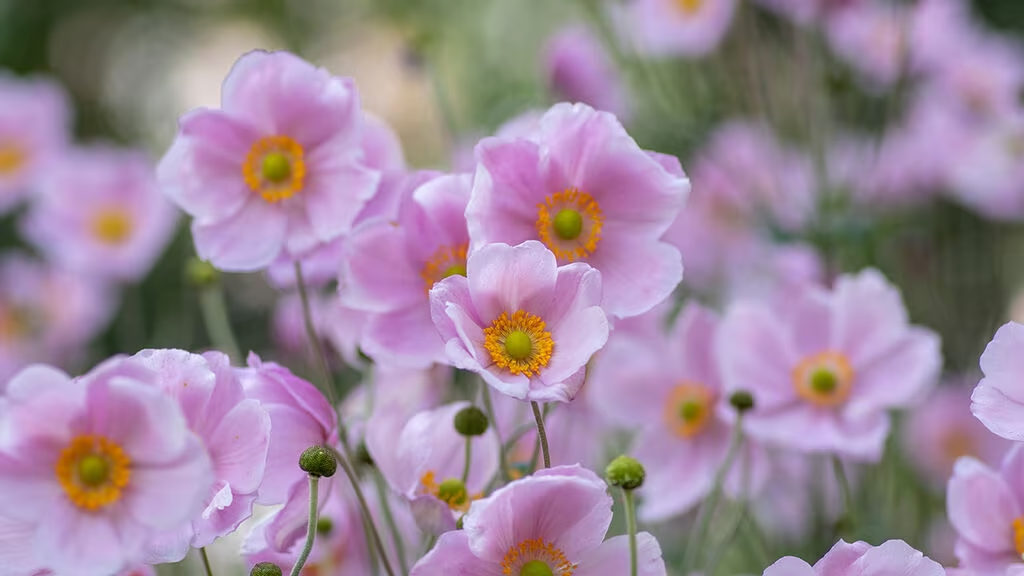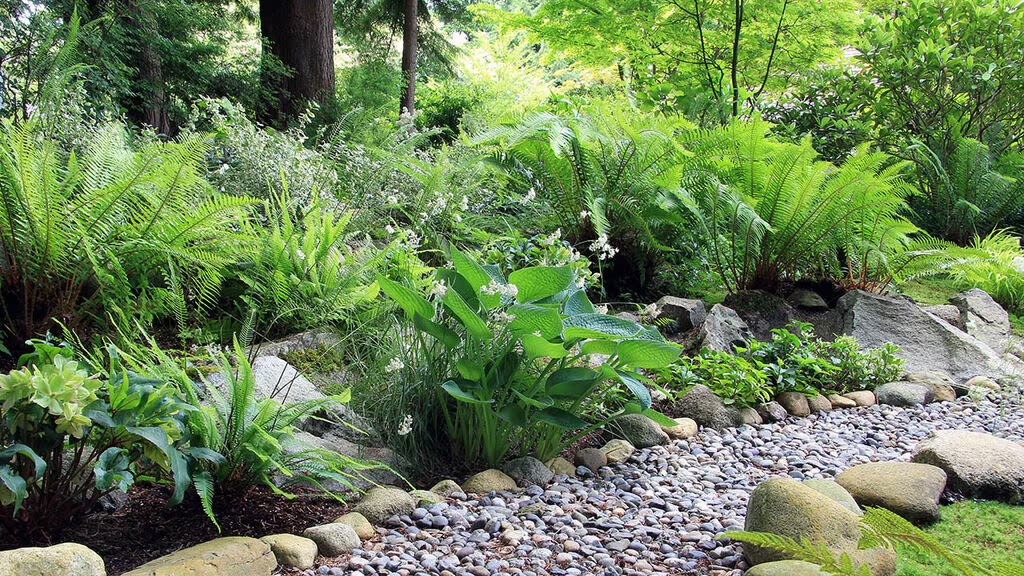Help the pollinators in your garden and get a bigger harvest
Garden
Bees, hops, butterflies, beetles, and even flies pollinate almost everything we eat. Without them, we are in trouble - because unfortunately, almost all insects are decreasing significantly. But there is still time and opportunity to make a difference. Here we tell you how you can help pollinators in your own garden or on your balcony. A large part of our plants need extra help from pollinators, they are a crucial link in the ecosystems and provide us with both harvest and plants that can produce oxygen, bind carbon dioxide and ultimately break down into new soil.



Topics:
Garden













